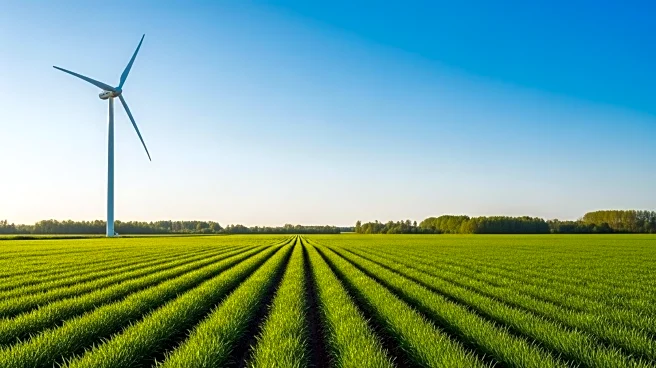What's Happening?
A study published in Nature examines the 2.8 ka climatic event and its role in the collapse of the Western Zhou Dynasty in ancient China. The research highlights how changes in monsoon patterns, driven by solar activity and El Niño-Southern Oscillation (ENSO), led to severe droughts in northern China and increased rainfall in the south. These climatic shifts affected agriculture and water resources, contributing to societal stress and eventual collapse. The study uses stalagmite records and trace element ratios to reconstruct historical climate conditions and their impact on human populations.
Why It's Important?
Understanding historical climate events provides insights into the relationship between climate and societal development. The study underscores the vulnerability of civilizations to climate variability, particularly in regions dependent on monsoon rains for agriculture. These findings are relevant today as modern societies face similar challenges with climate change. The research highlights the importance of climate adaptation strategies and the need for sustainable resource management to mitigate the impacts of climate variability on food security and economic stability.
Beyond the Headlines
The study raises ethical and cultural questions about the resilience of societies in the face of climate change. It suggests that historical climate events can inform current policy decisions and cultural practices related to environmental stewardship. The research also emphasizes the need for interdisciplinary approaches to study climate impacts, integrating archaeology, climatology, and social sciences to understand the complex interactions between climate and human societies.











